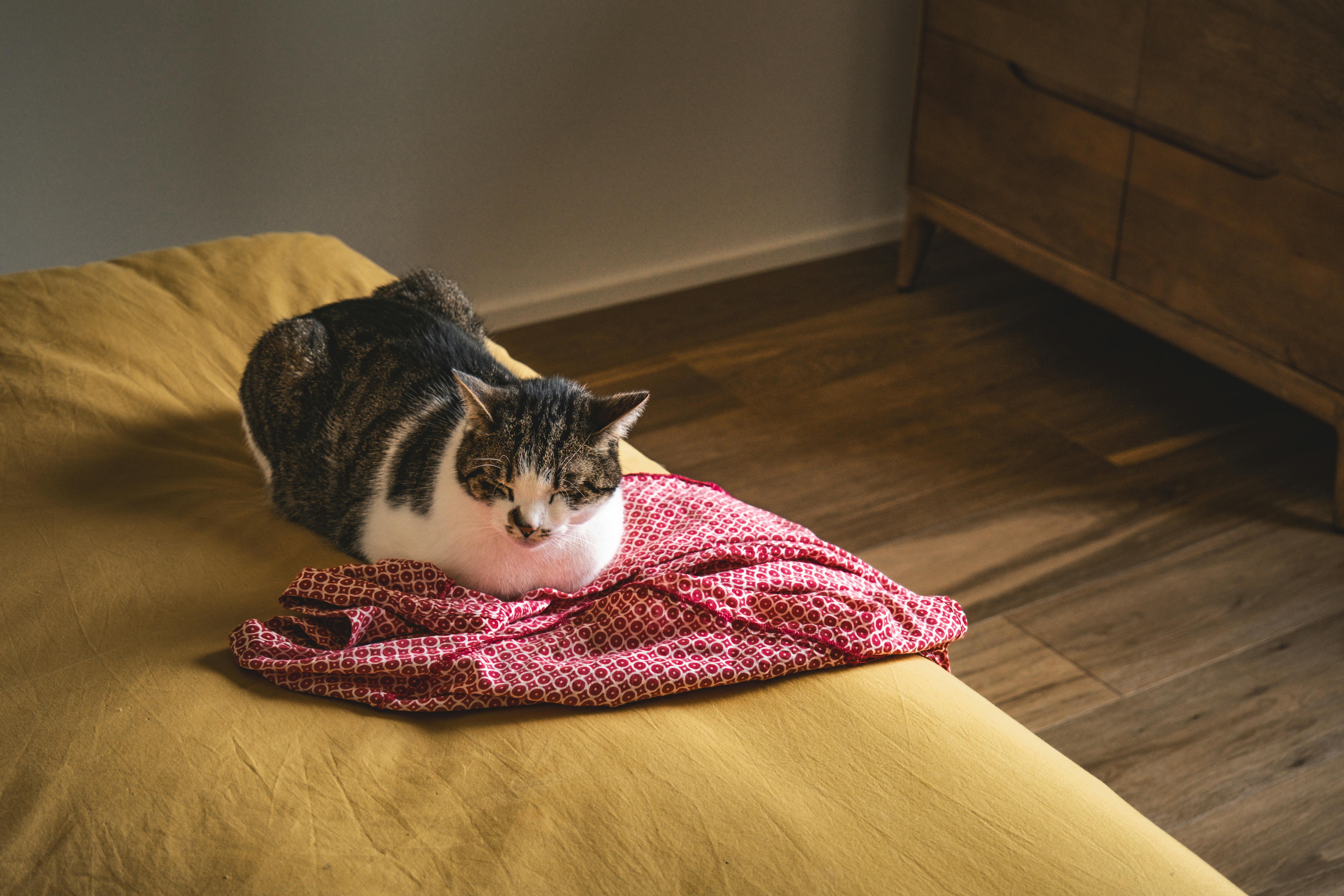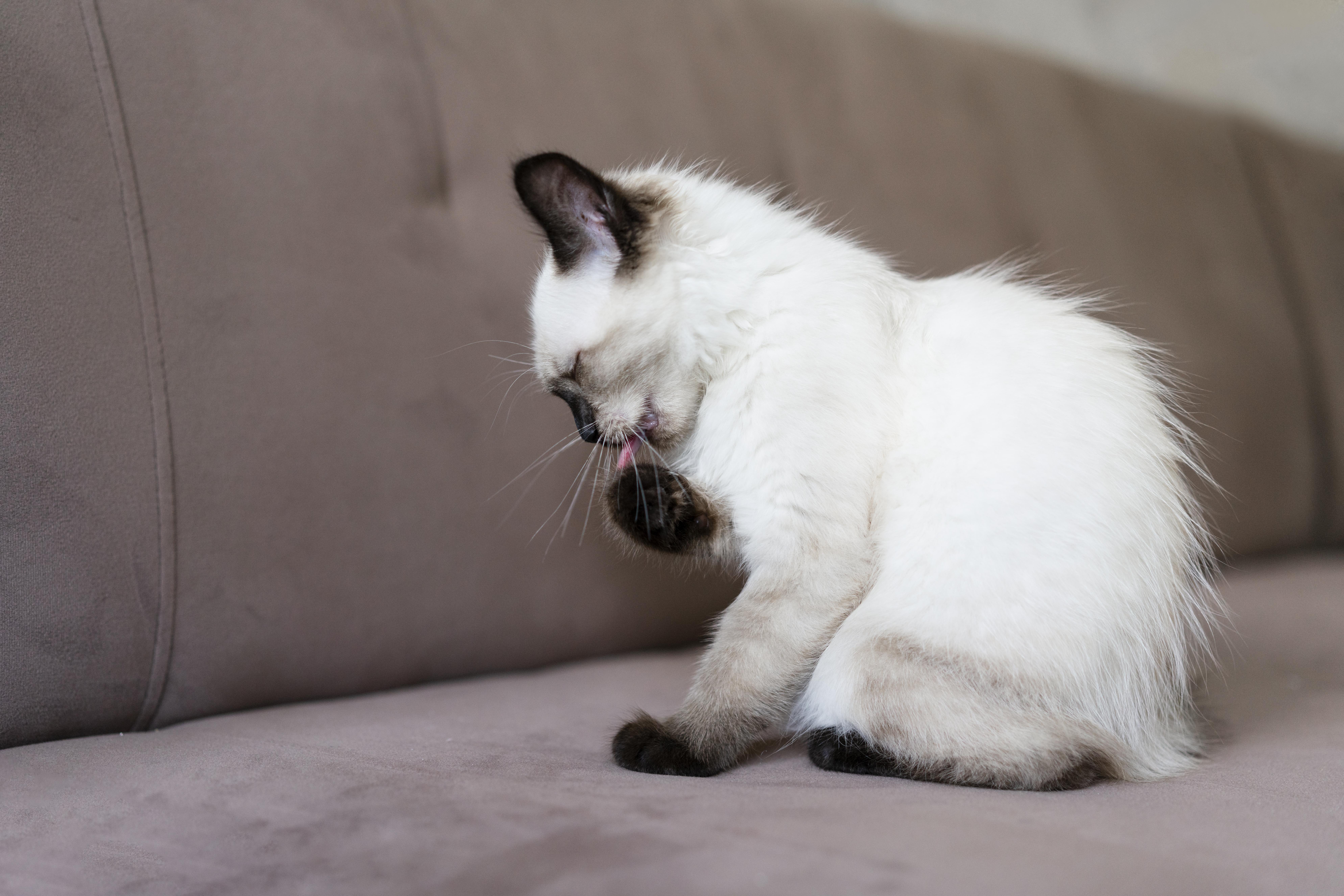How to Tell if a Cat is Unwell: Signs You Should Never Ignore

Strong 8k brings an ultra-HD IPTV experience to your living room and your pocket.
Cats are masters at hiding pain and discomfort, which can make it challenging for even the most attentive pet owners to know when something is wrong. While some symptoms of illness are obvious, many early signs are subtle. Being able to identify when your cat is unwell is crucial for timely treatment and long-term health.
Here are some key indicators to help you determine if your cat might be feeling under the weather:
1. Changes in Vocalization
If your usually quiet cat has become excessively vocal, or if their meowing sounds different (hoarse, weak, or urgent), it could be a sign of stress, pain, or illness. This is especially important in kittens. For more insights on this behavior, check out why is my kitten meowing so much.
2. Loss of Appetite or Increased Thirst
Sudden changes in eating or drinking habits often signal an underlying issue. If your cat refuses food, eats significantly less, or drinks far more than usual, it could point to conditions like kidney disease, diabetes, or dental pain.
Watch for:
- Skipping meals
- Drinking excessively
- Sudden weight loss
3. Unusual Lethargy
A normally active cat that starts hiding or sleeping more than usual may be experiencing discomfort or illness. Lethargy can be associated with infections, anemia, or other internal problems.
4. Changes in Grooming Habits
Cats take pride in grooming themselves. If your cat suddenly stops grooming, looks unkempt, or starts over-grooming (especially licking one spot constantly), it could be due to pain, stress, or skin issues.
Possible causes:
- Arthritis or joint pain
- Parasites or allergies
- Stress or anxiety
5. Vomiting or Diarrhea
Occasional vomiting may be normal, especially due to hairballs. However, frequent vomiting, diarrhea, or any presence of blood is cause for concern and should be evaluated by a vet promptly.
6. Respiratory Changes
Wheezing, coughing, sneezing, or difficulty breathing may indicate respiratory infections, asthma, or heart disease. Look out for open-mouth breathing or nasal discharge.
7. Litter Box Irregularities
Cats are creatures of habit, especially when it comes to using the litter box. Sudden accidents, straining, or blood in urine/stool may suggest urinary tract infections, constipation, or gastrointestinal problems.
8. Changes in Behavior
Sudden aggression, fearfulness, or avoidance can indicate your cat isn’t feeling right. Discomfort or pain may make them more irritable or withdrawn.
9. Physical Changes
Check for any noticeable lumps, swelling, limping, or changes in their eyes and ears. Redness, cloudiness, or discharge from eyes and ears can signal infections or inflammation.
Final Thoughts
Cats are remarkably stoic creatures. As natural-born survivors, they’ve evolved to conceal signs of pain or illness—a behavior that can make it incredibly challenging for even the most attentive pet parents to recognize when something is wrong. What may seem like a minor change—such as a slight decrease in appetite, a bit more time spent hiding, or a subtle shift in grooming habits—can actually be an early warning sign of a deeper health issue.
That’s why proactive, mindful observation is not just helpful—it’s essential. Take note of your cat’s daily routines, energy levels, vocalizations, and interactions. If you notice any unusual behaviors or physical symptoms—like vomiting, diarrhea, limping, labored breathing, or a sudden withdrawal from social interaction—that persist for more than 24 hours, don’t delay. These signs may be your cat’s quiet cry for help.
Consulting a veterinarian promptly can make all the difference. Early detection often leads to more effective treatment, less discomfort for your cat, and a better prognosis overall. Your vigilance and care are powerful tools in safeguarding your cat’s health and happiness, ensuring they enjoy a long, comfortable, and joy-filled life by your side.
Note: IndiBlogHub features both user-submitted and editorial content. We do not verify third-party contributions. Read our Disclaimer and Privacy Policyfor details.






